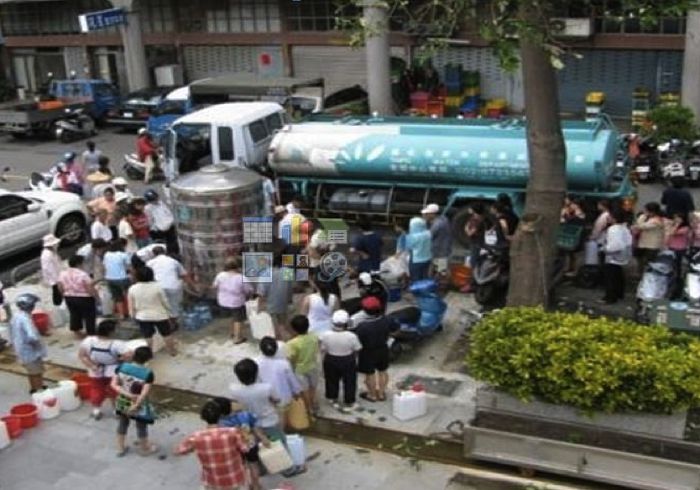Back | Blog posts overview
Stainless steel piping - saving water
01/07/2017
Leakage of treated water from old pipes and loosened fittings results in more than a quarter of the water distributed by utility companies escaping before it reaches customers. Upgrading ageing steel, lead or plastic water pipes to new molybdenum-containing stainless steel pipes can dramatically reduce water leakage.
Corrugated stainless steel piping dispenses with the numerous elbows and fittings needed in traditional pipes to connect the water main to the meter, which has been shown to reduce the potential for leaking by 75-80%. Two case studies show this in greater detail:
Near-zero leakage in Tokyo
Tokyo uses a lot of water, in fact more than 1.5 billion m3 was distributed in 2013. The potential for leakage in a network with more than two million connections in one of the seismic hotbeds of the world is massive, yet water loss is only a little over 2%. The reason is that in the early 1980s, the water authority began a water loss reduction program to replace all the lead service piping in the network, first with Type 316L stainless steel straight pipe, and since 1998, with corrugated Type 316L stainless steel pipe. They also replaced the cast iron water mains with seismic-resistant ductile iron piping, reducing the vulnerability of the transmission infrastructure to earthquakes. The authority furthermore introduced a comprehensive leak detection and fast repair regime, using a variety of new technologies to detect and fix leaks very quickly, often before they become apparent. This increased vigilance, coupled with the replacement program, saw Tokyo’s lost water rate fall from 15.4% in 1980 to 2.2% in 2013.

The reduction in Tokyo’s water leakage and repair cases, with the percentage of stainless steel pipe replacement.
Drought averted in Taiwan
A similar program to replace service piping and cast iron mains was undertaken in Taipei, where the water department distributed 0.8 billion m3 of water in 2013, over a network with some 310,000 connections. The replacement program began in 2003 after a severe drought in the previous year which restricted water supplies to the Taiwanese capital. Analysis of leakage rates revealed that 40% of the city areas were losing half of their water or more before it reached consumers.

Queues for water during Taipei’s 2002 drought
The ongoing program has replaced 35% of service piping of various materials with corrugated Type 316L stainless steel pipe. The result is a 10-percentage point drop in water loss from 27% in 2003 to 17% in 2014. In 2014, with the replacement program less than half complete, leakages had already been reduced to 219 million m3, a reduction of 146 million m3.
More significantly, a drought more extreme than the 2002 event which precipitated the pipe replacement program occurred in 2014, with 13% less rainfall than during the previous drought. However, the vast improvement in leakage rates achieved since 2003 meant that there was no interruption to the water supply, in fact some water could even be supplied to a neighboring utility.
These examples illustrate the impressive savings in leakage, lost revenue and repair budgets which can be accrued with a service piping replacement program based around molybdenum-containing stainless steel. Long-term capital investment programs such as these represent an investment in the future, but also make economic and environmental sense in the present day.
Back | Blog posts overview


